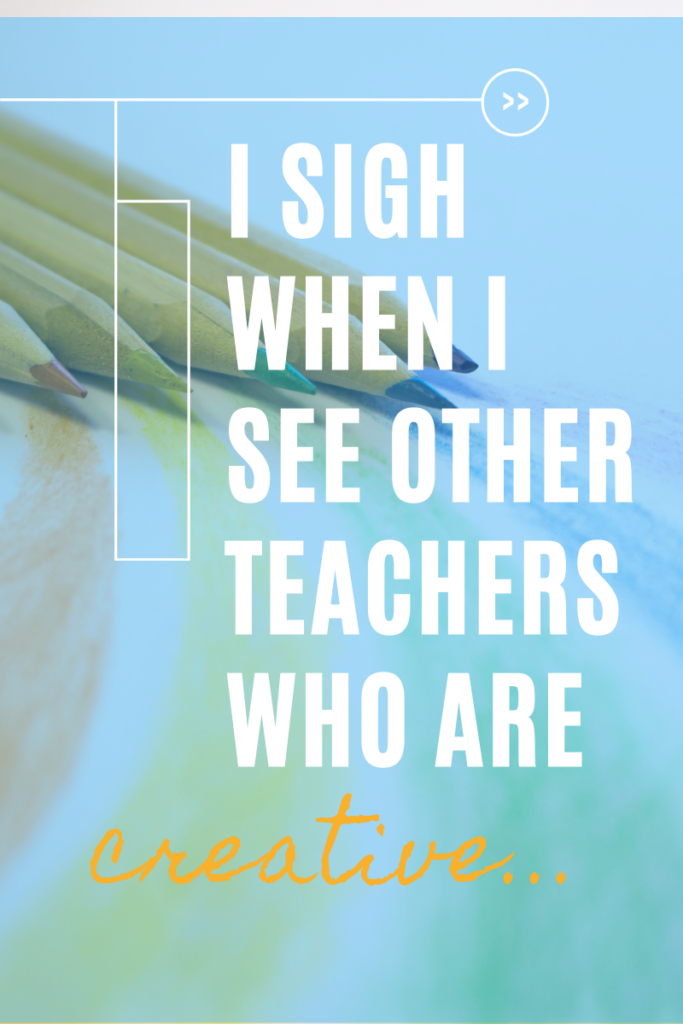
How to develop creativity in the classroom should totally be part of your teacher growth and development list. Yes friends, the time has come to say it out loud. It’s not the easiest skill to work on with students at all. Especially if you feel like you aren’t creative yourself, but that’s NOT true. It takes a plan and some active research. We even need to research this topic on a class by class or student by student basis. Why? It is literally something that we have to unlock, and it may take different approaches. But let’s be clear… being creative or teaching others to be creative just means having one thought inspire another thought!
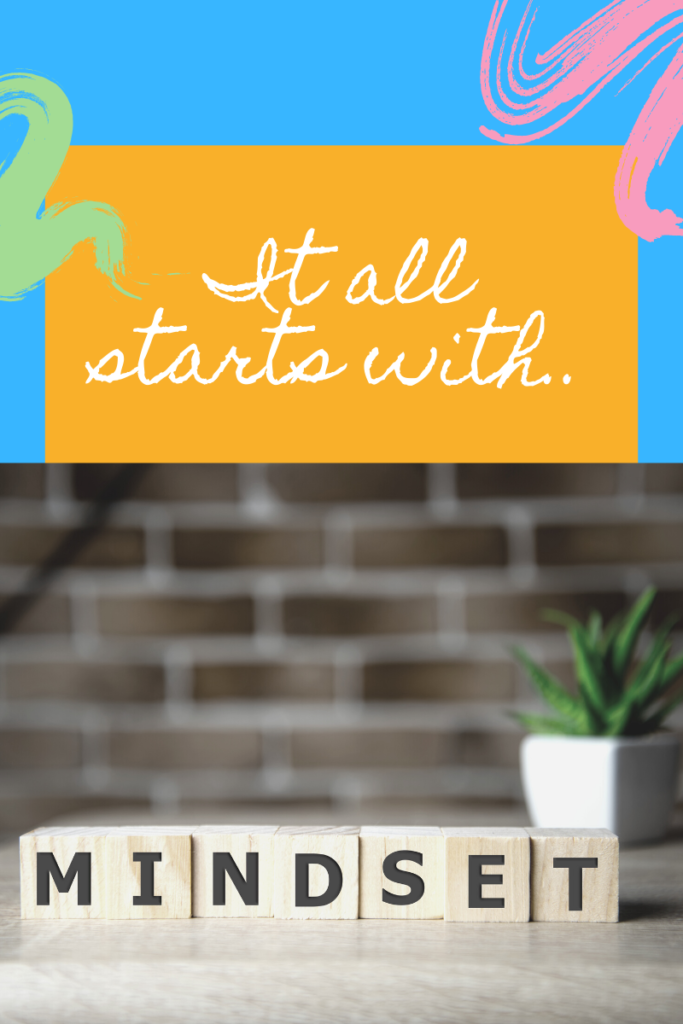
How to develop a creative mindset
Our students in elementary schools have progressively gotten less and less “structured independent play time”, or for those of you that feel that school shouldn’t be playtime for elementary students… let’s call it discovery. Facts: Studies have shown that in order for the brain to retain a new piece of information, it takes 400 synapses (a synapse is a connection between brain cells that lead to our stored memories). If the synapse or new learning takes place independently through play or discovery only 20 synapses or repetitions of the new information are needed for retention. A creative mindset and how to develop a creative mindset happens more successfully by just being curious on your own.
The Truth About Independent Learning
So… for all the naysayers of play at school, if you can create structured independent discovery activities that students work on without instruction, you actually can teach less and have more time. This is a fact. Where exactly does how to develop creativity fit into this? For example, if students are independently learning and allowed to really have no instructions to follow other than work in this area with these items while obviously following safety rules and respecting their classmates (not a worksheet craft they will complete alone), you ARE developing student creativity. How to develop creative thinking isn’t something you actually have teach. You need to ALLOW it to happen. Give students the opportunity for the brain to work! The brain learns at a much higher rate when an intrinsic curiosity is engaged.
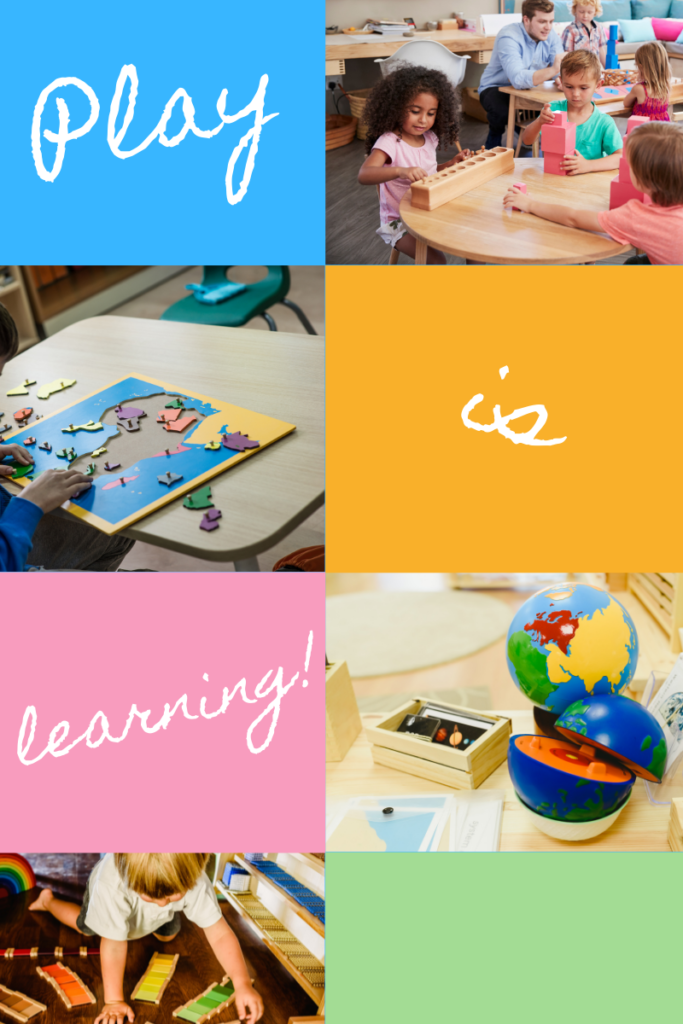
Ideas for Independent Structured Play or Discovery:
- Building Materials
- Discovery Boxes with various items or loose parts(I like to theme these boxes or areas. This is literally my favorite type and store found on Etsy….. Aborinspirations ) I get great ideas here, too!
- 3D print designing
- Experimentation areas
- A few games that work: What the Meme
- Loose Parts Play
- Pretend Play
How to develop creative thinking.. the BREAKDOWN!
The most crucial time for learning processes to be developed in the brain is the first decade of life or until the age of ten. Elementary teachers, that’s you. Why? When a baby is born, they have 2500 synapses. By the age of 2 or 3, 15000! This number of popcorn popping synapses is firing off the most in the first decade of life. Choosing not to optimize learning with brain functioning during this time by NOT using ways that favor retention is just not a good idea.
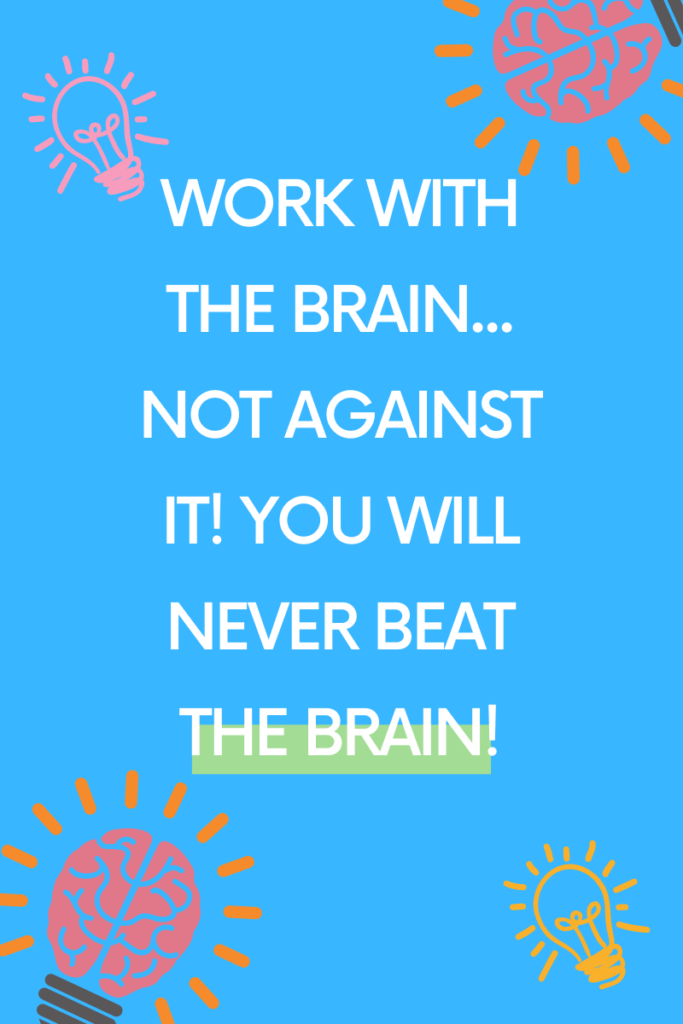
How can I optimize brain favored learning patterns?
New learning takes place and creates a synapse that goes into short-term memory and begins a journey in the brain’s neural pathway. Next, the new learning makes its way to the structural core of the brain where that new learning gets a huge shake down and deconstruction. It is then compared against all memories already held in long-term memory. During this process, a weak synapse can be broken down so much that it leads to incomplete or even false memory storage. This happens too often in the classroom when we are standard driven trying to get information out for test prep. Oops!
How to Develop Creativity and Create Stronger Memories
How can we make the most of the information we share with our students? In what ways can we do this and develop a creative mindset? Here are a few tips that the brain favors for retention:
- Consistency
- Making the new information engage the senses
- Allowing for emotional reactions to happen along with the new learning (like humor) This one fact proves… boring doesn’t cut it in the classroom.
How can we develop creativity in ways the brain favors?
- Simple… Allow for curiosity to happen. What the brain processes when we see, hear, smell, touch, or taste that’s different from information it’s currently processing will engage curiosity and open the neural pathway!
- Try simple shocks to spark student curiosity. For instance, do something different than you normally do. Like put on a silly hat.
- How doe this develop creativity? Well.. natural curiosity creates the thinking processes to start. Being creative isn’t always about how you can make something look amazing, but how you think differently.
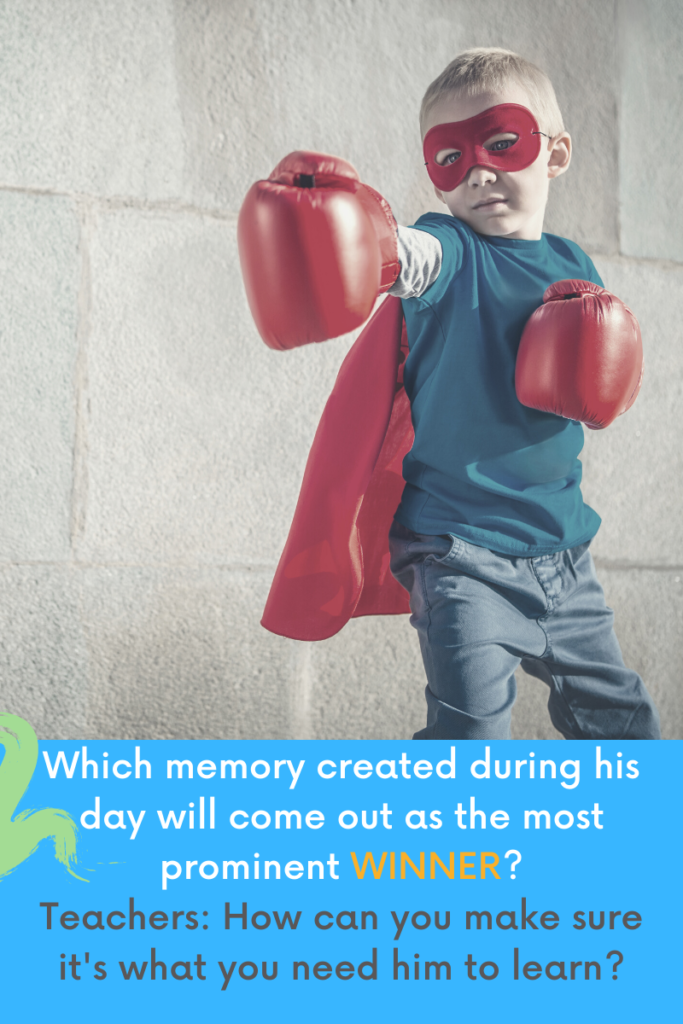
Survival of the Fittest Memory
As a synapse runs through the brain’s neural pathway, it will experience a sort of survival of the fittest synapse process on the way to long term memory.
What does that mean?
Here is a possible scenario: New learning happens. Multiple synapses are created because the student experienced a complicated new learning experience with lots of information. During that new learning, another student in the classroom screamed when they saw a bug, and the class scattered. This scared some students and some found it funny. What do the students remember from this experience? Probably all the details from the interruption and sporadic parts of the teacher’s information because the memories that created emotions and enlisted the senses with the scream beat out the synapses not attached to emotions and the senses. So what have we learned here? Throw a plastic bug at the classroom every now and then to keep attention on you!
Optimize for Retention and Develop Creativity
Alright… that’s a lot to take in! I know you ultimately want students to retain information. They will, I promise! But… you can work on building creativity that will support your problem solving tasks students are required to work on while also setting up synapses to support your standard instruction by simply allowing for independent learning and discovery time. I know that’s easier to swallow than play time. How long and often should this happen at. I would give elementary students all the way up to fifth grade at least a 45 minute block. The younger the student, the more time they need. That’s how you optimize! Kindergarteners need at least 2-3 hours a day.
Just to Clarify About Independent Learning
When I say independent play, some of it can be on the playground while you enjoy the outdoors, but to optimize your teaching requirements…. Let’s focus on adding some structure and being strategic with the options they have for materials in order to be working on how to develop creativity and creative mindsets. If you know that you are studying animal groups in science, you need an animal exploration station. If you need students to improve phonetic skills, they need word work stations with multiple options of tasks and materials. Creativity development happens when we manipulate, move, think, and try these things on our own. What we call “creative people” have learned how to put into practice what they think about more often than someone who says, “I’m not creative.” We are all creative.
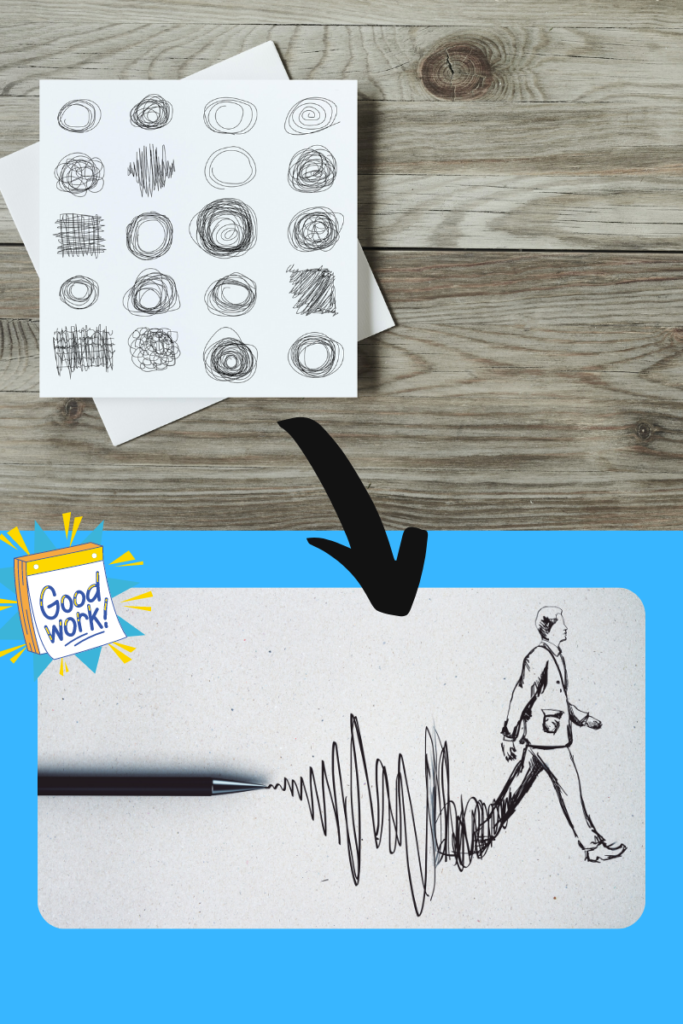
How to Develop Creativity with Elementary Students: One of My Favorite Creativity Development Activities
This is great for all students. Have you heard of scribble pictures? This is great for how to develop a creative mindset with guided instruction. The basic concept is that they start with a blank page with one scribble or part of a design. Next, they turn that scribble into a drawn picture. If you do this and give no guidance, students will probably not get very creative. Following these tips will help them practice creativity (and doing this regularly forms solid synapses for critical thinking and creativity… remember the consistency aspect for retention):
- Use scribbles that are different each time
- Gamify the activity by offering points
- Earn one point for filling up the page
- Give another point for creation of a character
- Keep going! One more point for using straight and curved lines (an art skill easy to teach…line)
- Give one last point if movement can be seen in the final drawing
Students eat this up. By the way… I always put a sticker on it. What does this do? Create an emotion…. Happiness, approval, satisfaction. This is, yet, another optimization tactic for how the brain learns!
The 21st Century Classroom Must Know How to Develop a Creative Mindset
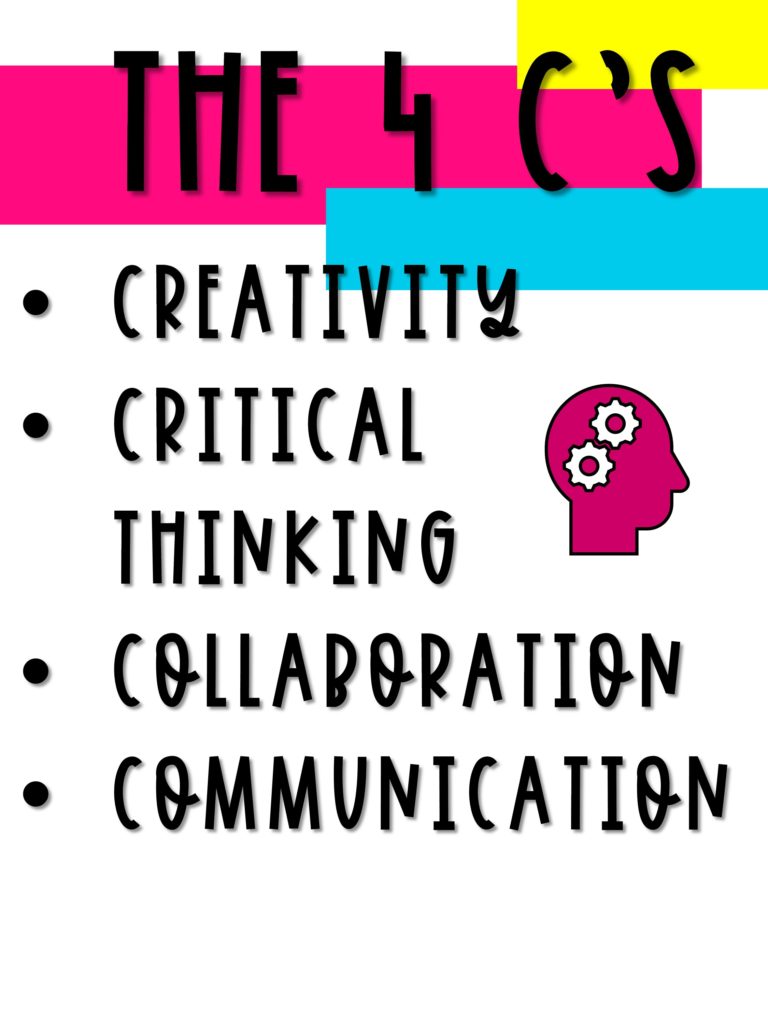
I simply love studying concepts of how the brain functions to optimize learning in the classroom. For sure, we all need to dig into it more! The 4 C’s for 21st Century Learning are:
- Creativity
- Critical thinking
- Collaboration
- Communication
Your lesson goals should be to strive for these concepts to be included in your lessons as much as possible! But we don’t always know how to include these in our lessons and especially how to develop creativity. I know you believe creativity is something you have or don’t have, but it’s developed. Yours can be developed, too. Here’s a little something to help you out in the classroom: STEAM Concepts Posters
When in doubt with how to develop creativity, allow for independent learning. It will happen. Work with students who struggle to get beyond the thought that is blocking other thoughts from happening. How to develop creativity doesn’t have to be difficult. It just takes more thought than your students’ last thought. You got this, teach!
If you want one of the best resources to work on these skills quickly and daily with ease… might I suggest See, Think, Wonder. You can check these out here. Read more about this crazy good daily activity for students here.








